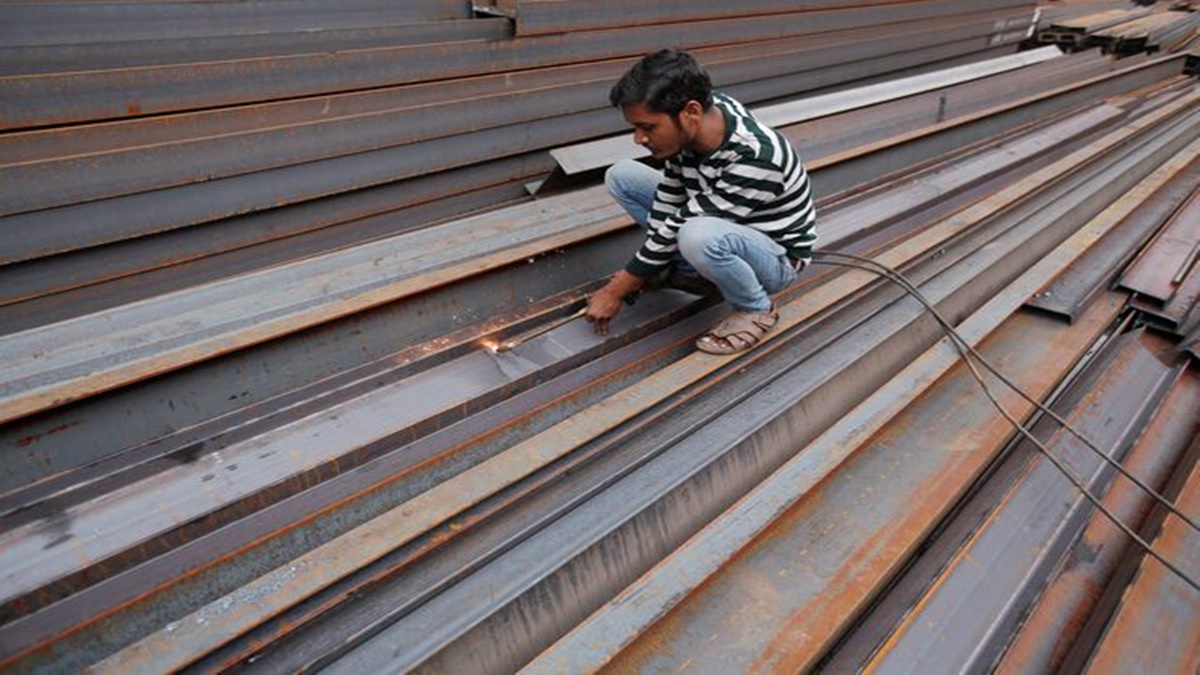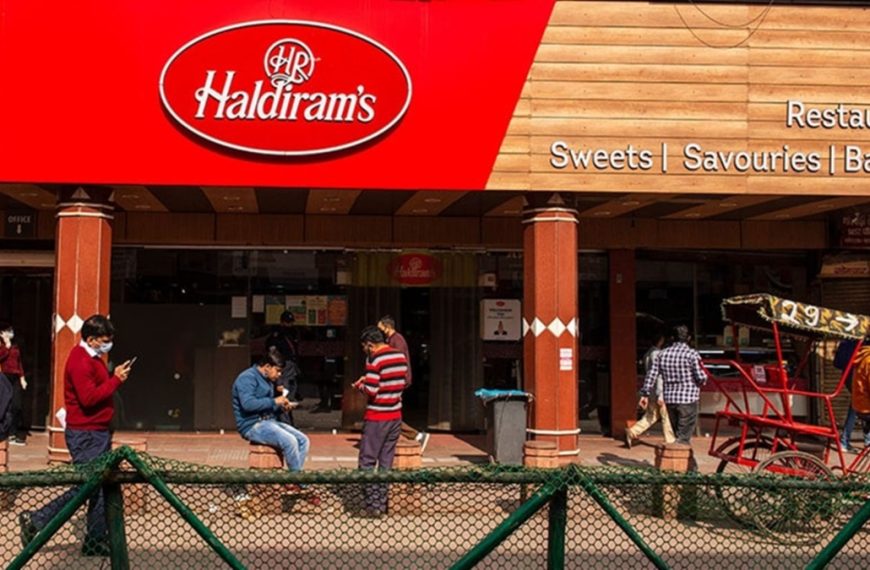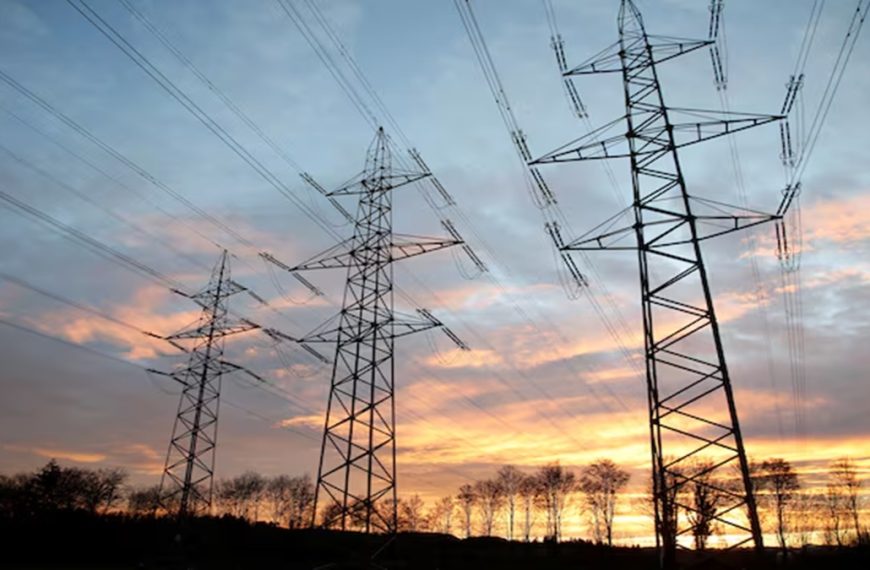The Directorate General of Trade Remedies (DGTR), a key entity within India’s commerce ministry, has put forth a recommendation for a 12% provisional safeguard duty on select steel products. This move aims to shield the local steel industry from the adverse effects of importing goods at below-cost prices. As the finance ministry deliberates over this proposal, the implications for both the domestic market and international trade dynamics are significant.
Protecting the Local Steel Industry
In an official notification, the DGTR highlighted the urgency of the situation, citing that any delay in implementing provisional safeguard measures could lead to irreparable damage. The authority emphasized the need for a 12% ad valorem safeguard duty for a period of 200 days while awaiting a final verdict on the imports in question.
- Key Points:
- Provisional duty set at 12%.
- Duration: 200 days.
- Aims to mitigate damage to local producers.
This safeguard duty is poised to assist Indian steel manufacturers in counteracting potential shifts in trade patterns. Following former U.S. President Donald Trump’s introduction of a 25% tariff on steel imports from specific nations, countries like Japan and South Korea may redirect exports to India, raising concerns among local producers.
Market Response and Future Projections
The announcement sparked a positive reaction in the stock market, with steel shares climbing on Wednesday. Analysts forecast that the duty could lead to price increases in the coming months, with potential price hikes reaching between Rs 1,500 and Rs 2,000. Insights from JP Morgan suggest that there’s potential to revise earnings estimates for steel companies upward.
- Stock Performances:
- JSW Steel and Tata Steel saw increases of nearly 3%.
- SAIL, the state-owned steelmaker, experienced a rise of 3.7%.
According to Sehul Bhatt, director of research at Crisil, this safeguard duty will bolster pricing for local manufacturers, particularly during the first half of fiscal year 2026. This recommendation comes amid a backdrop of changing global trade regulations, where various countries have imposed import restrictions, addressing the surge in imports threatening the Indian market.
Surge in Steel Imports
The DGTR’s recommendation follows an extensive investigation that uncovered a startling increase in steel imports into India. The products under scrutiny included hot-rolled coils, cold-rolled sheets, and metallic-coated steel items. The data revealed a dramatic spike in imports, soaring from 2.293 million tons in 2021-22 to 6.612 million tons during the investigation period from October 2023 to September 2024.
- Countries of Concern:
- China
- Japan
- Korea
- Vietnam
While the duties will provide relief to primary steel producers, concerns linger among smaller enterprises and MSME exporters. They argue that additional duties could diminish the competitiveness of domestic products in international markets, potentially hindering exports from the engineering sector.
Balancing Interests
Although the proposed duties promise some advantages for primary producers, the associated price hikes could pose challenges for the user industry. Smaller businesses, in particular, may face difficulties, prompting industry associations to advocate for export parity prices. This measure would help maintain competitiveness for these smaller players in the global market, ensuring they can thrive amidst changing trade landscapes.
In summary, the DGTR’s recommendation for a 12% provisional safeguard duty marks a critical juncture for India’s steel industry, with ramifications spanning both domestic and international markets. As stakeholders await the finance ministry’s final decision, the eyes of the industry remain keenly focused on how this will reshape the competitive landscape of steel production in India.











